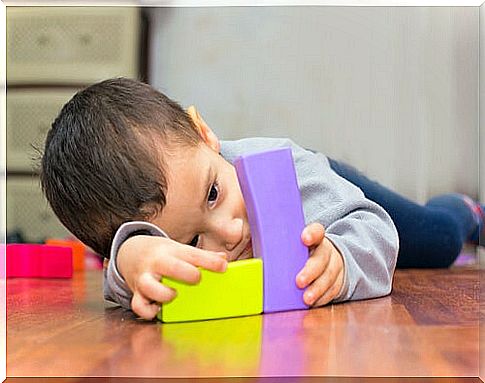Discover The Kumon Learning Method

“Let the books be the babysitters of children.” This is a sensible statement by Toru Kumon, the developer of the Kumon teaching method, a method practiced today by more than 4 million students around the world and the subject of this article.
Education over the centuries has explored dozens of methods to make the system more efficient and natural. The Kumon teaching method is one of many that millions of parents rely on. Why is that?
What is the Kumon learning method?
The Kumon learning method aims to stimulate autonomous learning to increase the potential of the students, according to their skills. Therefore, it is a personal and individual process based on the individual skills of the child.

This process aims to strengthen the child’s self-confidence. To achieve this, the child is given the opportunity to independently search for knowledge through stimulation and pleasure.
Who was Toru Kumon?
Toru Kumon was a math teacher who was very concerned about his son’s education. When he found an exam that his son, Takeshi, had failed to get a good grade on, he decided to create his own study materials to spark his son’s interests and improve his results. To accomplish this, Kumon tried to create strategies that would allow his son to study independently without becoming overloaded, allowing him to be more autonomous.
But when Kumon saw Takeshi’s problems in many other students, he decided to develop multiple materials that would allow students to tackle problems that they can solve without help, but which, based on their difficulty, would still offer enough challenge. The intention was to create completely autonomous students.
Interestingly, Kumon’s neighbors asked to be allowed to use his methods on their own children when they saw Takeshi’s noticeable improvements. And so, in 1958, the math teacher opened his first office in Osaka, Japan. Today, his method is used by more than 4 million students around the world.
The Four Pillars of the Kumon Learning Method
In order for the children to solve the exercises available within the Kumon learning method, regardless of their age or level, the self-confidence and interest in academic achievement in the child must be encouraged. The method is built on four pillars:
Individual capacity
The assessment level is not a limitation or objective of the Kumon learning method. There is hope that each child will be able to explore and make the most of his or her talents according to his or her individual abilities. They should gradually strive for the best, for the pure enjoyment of learning, always with self-assurance and self-control.
Self taught children
Above all, the Kumon learning method values the child’s ability to learn through their own efforts. Each child solves exercises through his own personal effort, through self-learning and self-creation.

Progressive Development
Another pillar of this method is progressive development. The material is prepared in such a way that the exercises increase in difficulty for each child, according to his own learning pace. This is all individualized and based on each student’s personal ability to understand and enjoy things.
The teacher as observer
The teacher also plays an important role in the Kumon teaching method. It acts as an observer of the academic ability and personality of each child. The teachers adapt the materials to the skills of the students and are part of the development of the students, encouraging them to keep moving forward and letting them take advantage of all their talents.
What do you think of the Kumon learning method? Do you think it would be a good way to maximize your skills and academic competence? There are already many theories that agree that a natural and progressive learning process based on the natural abilities of each individual is the best way to learn. This methodology is clearly one of the trends that has been proven to be effective.









